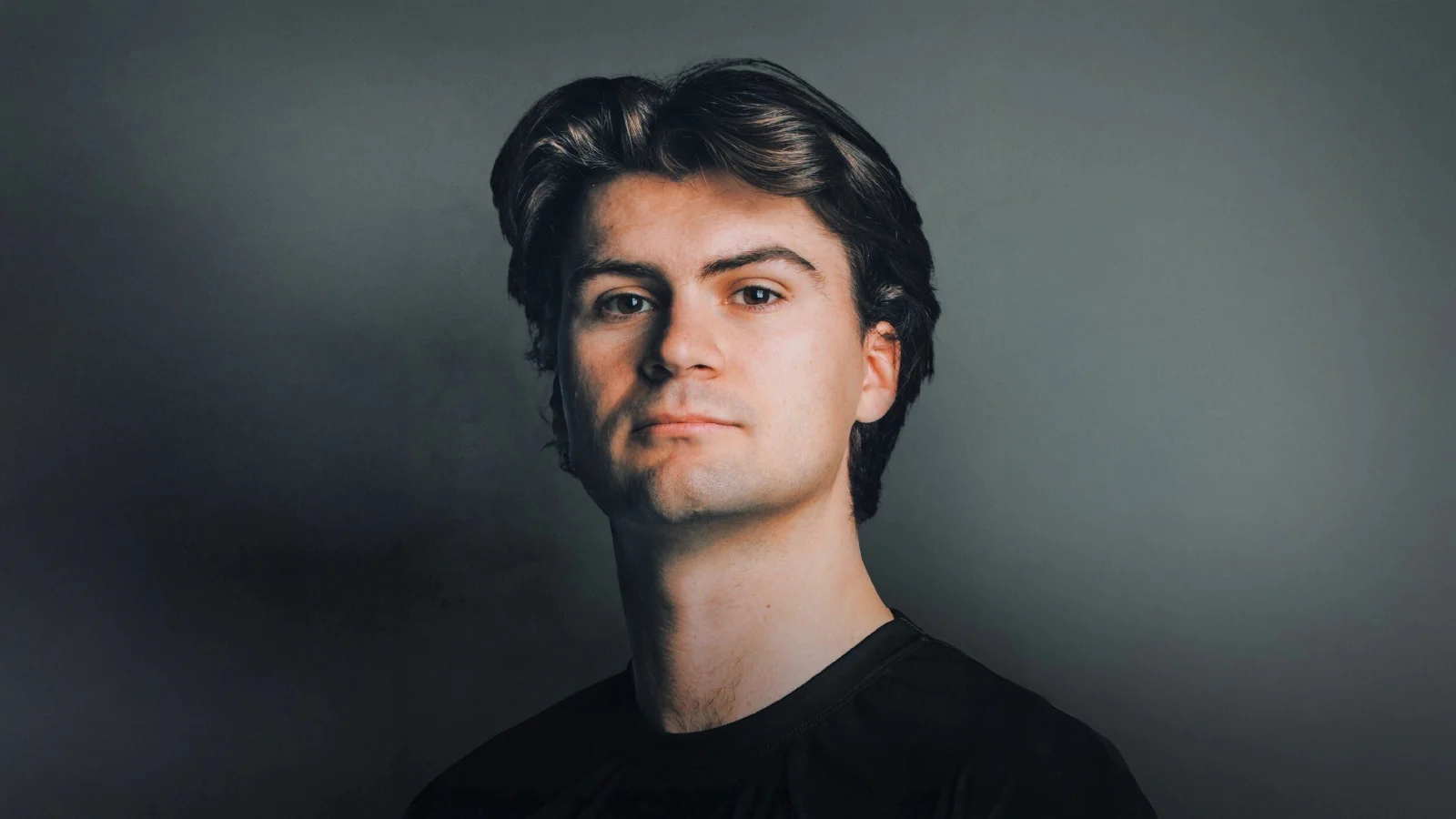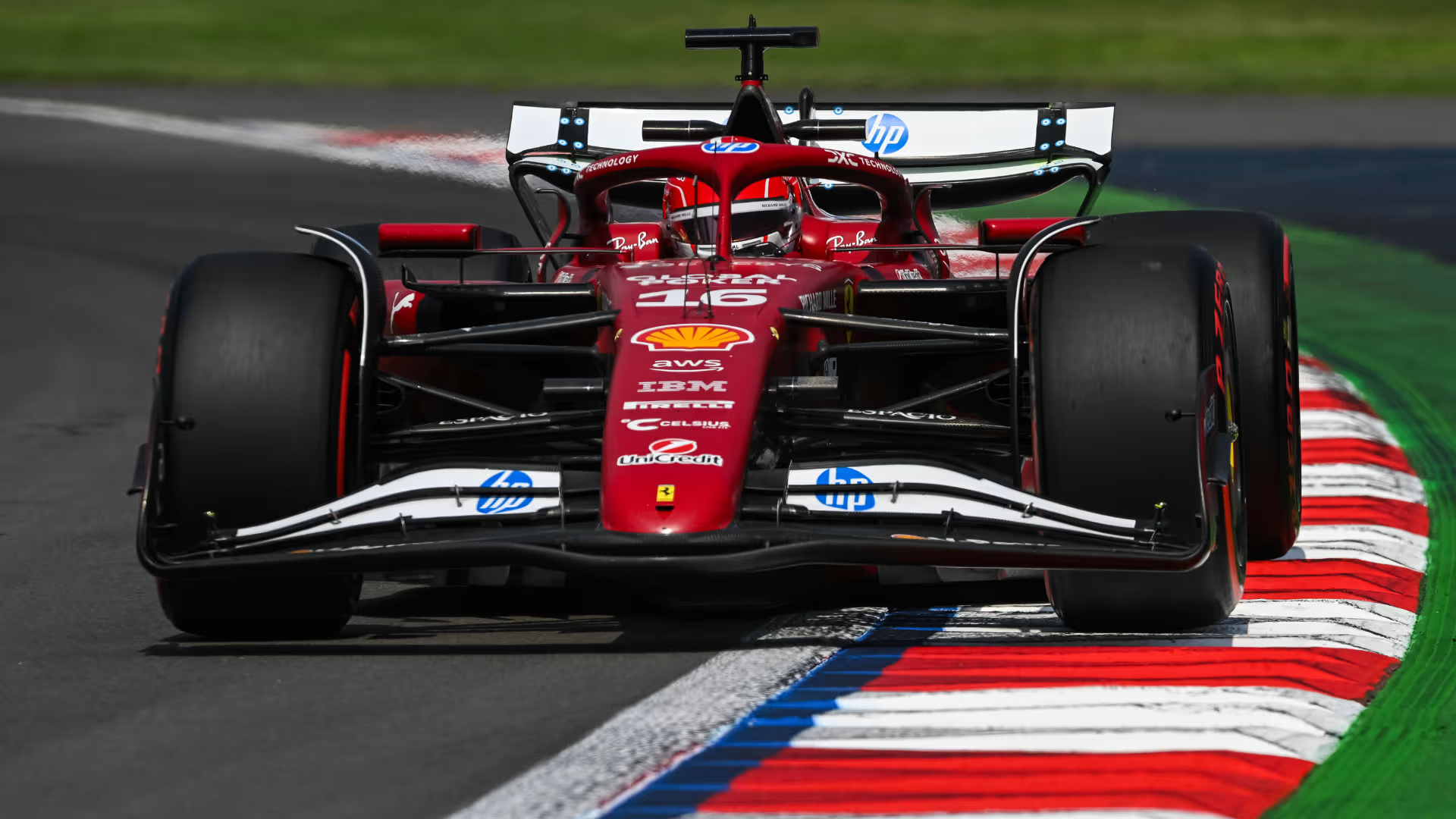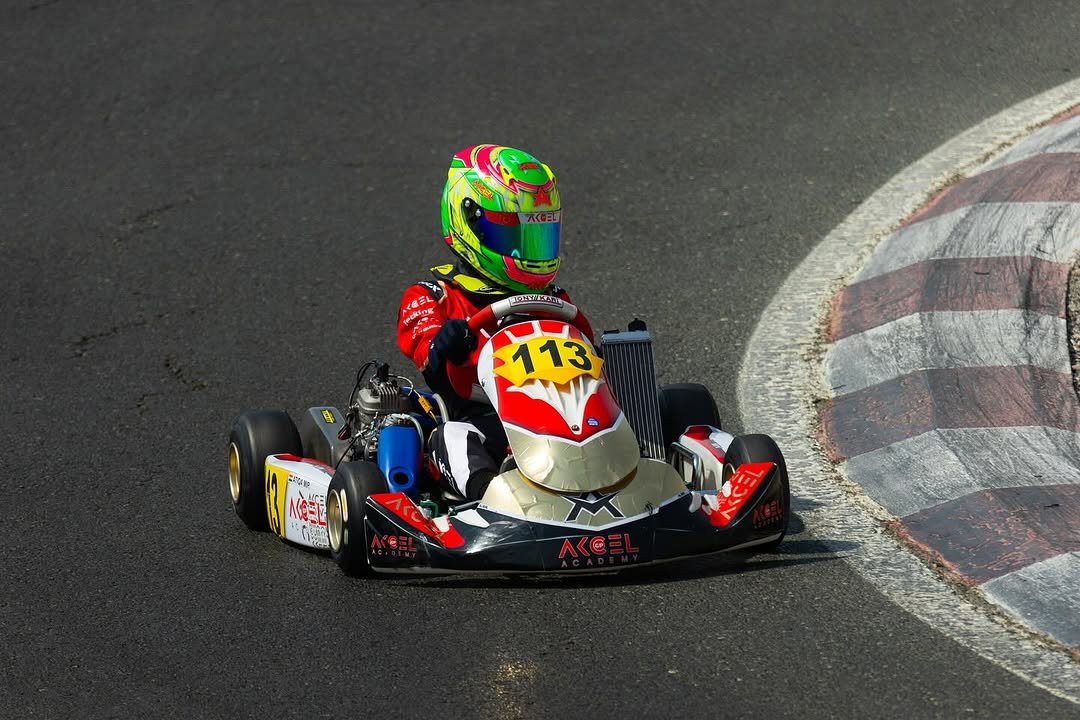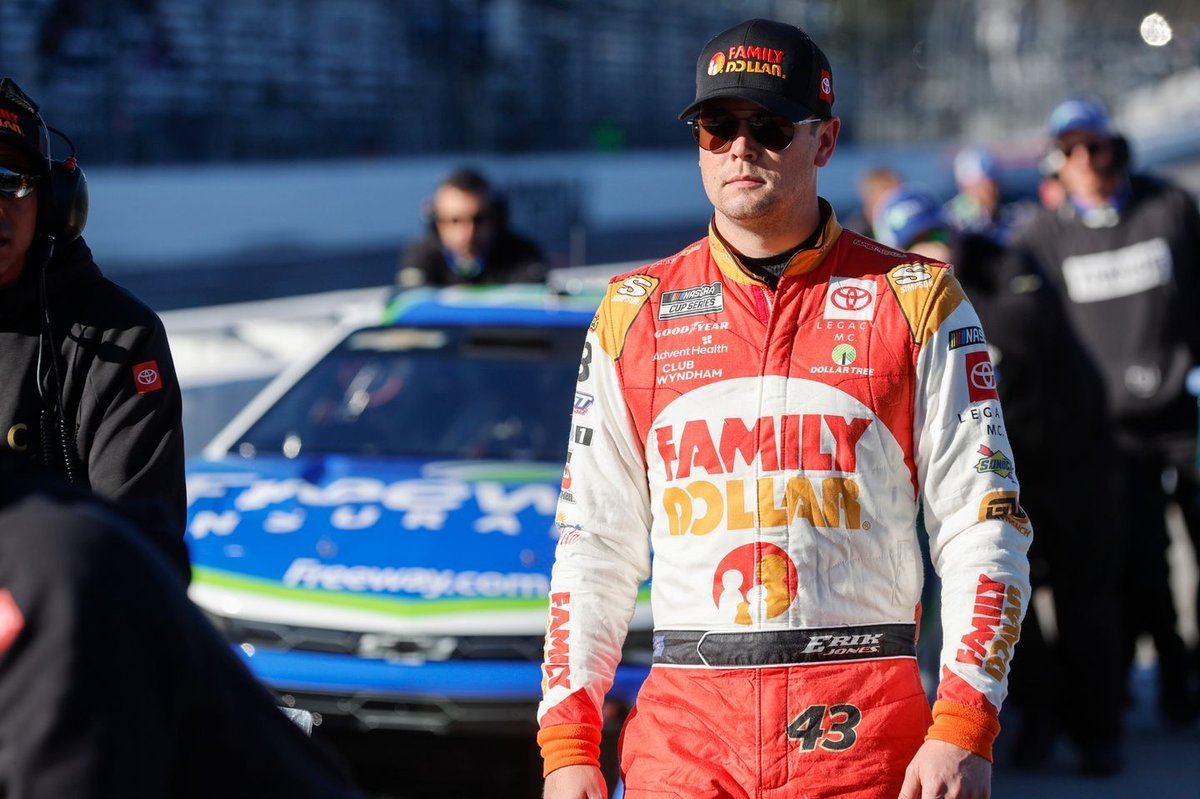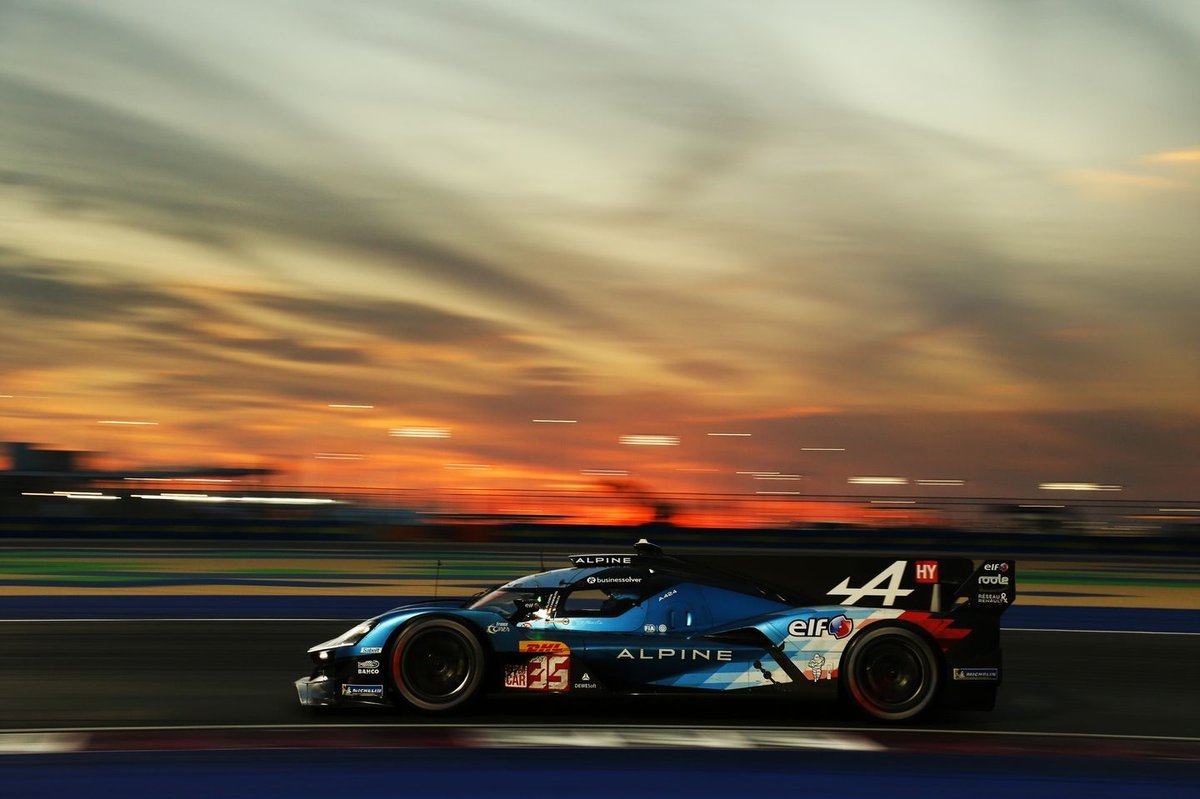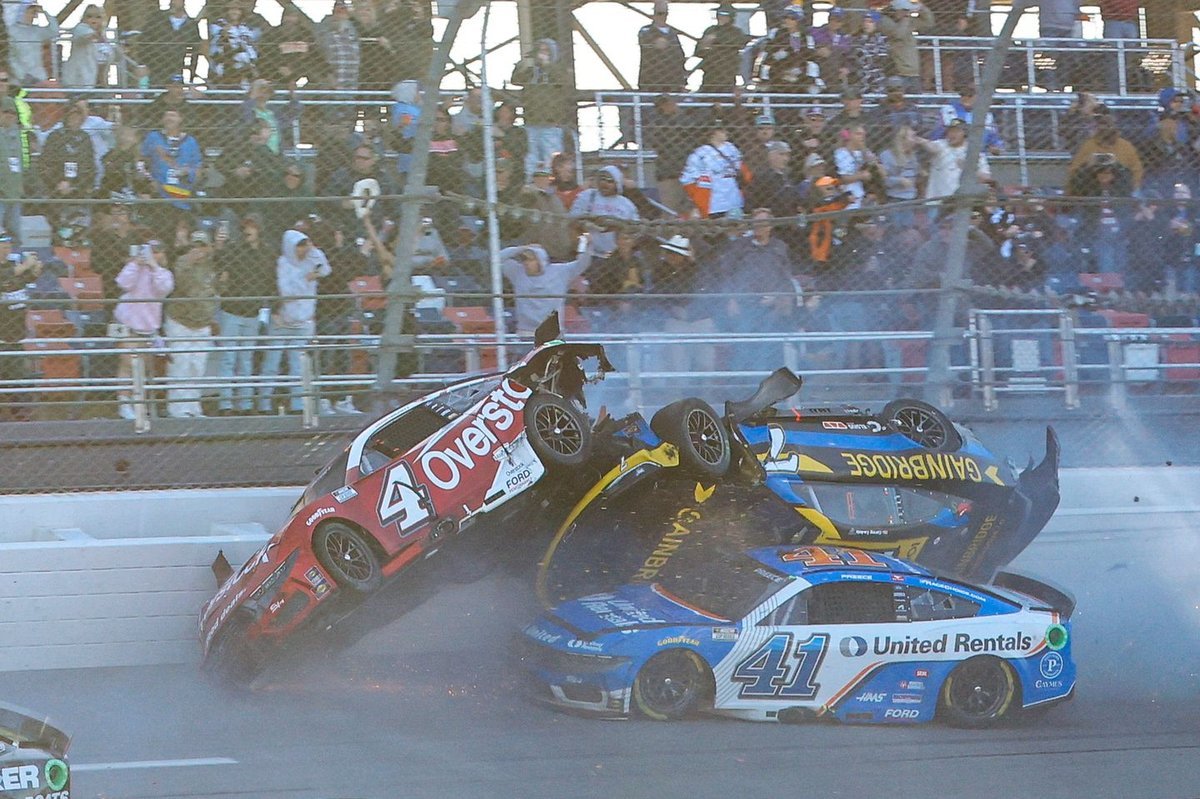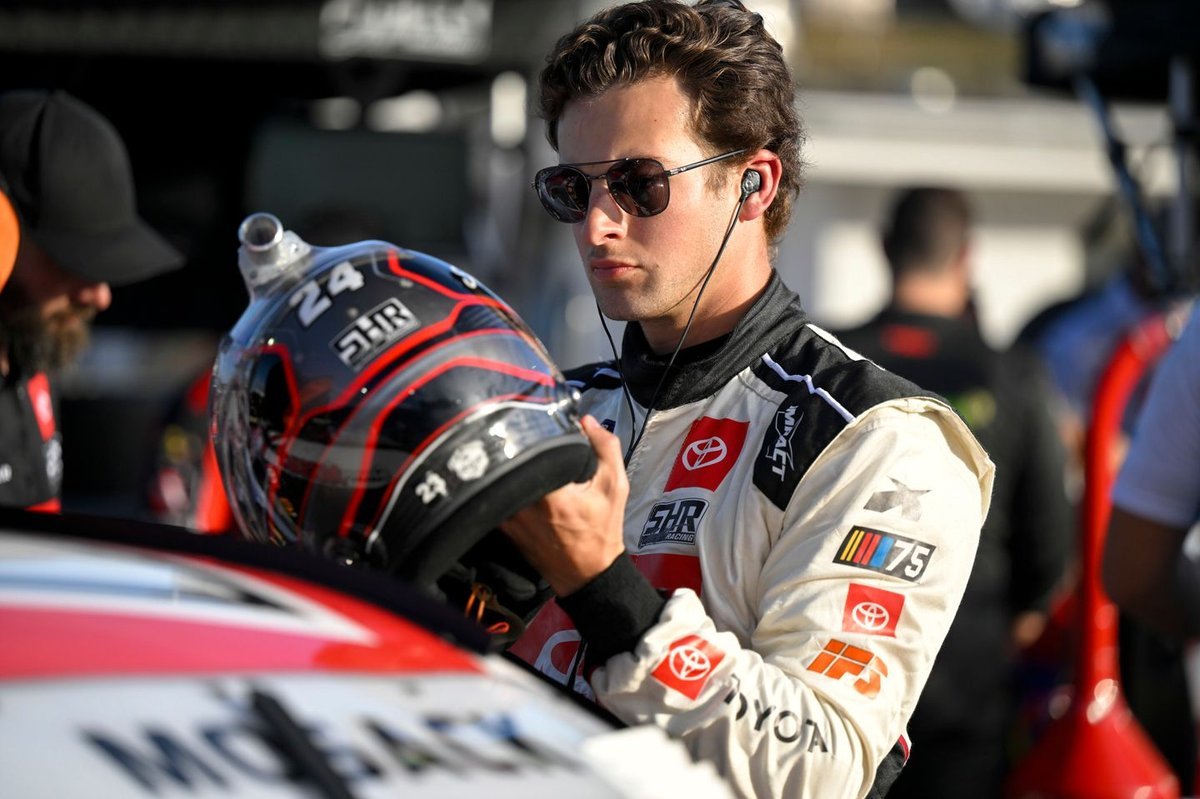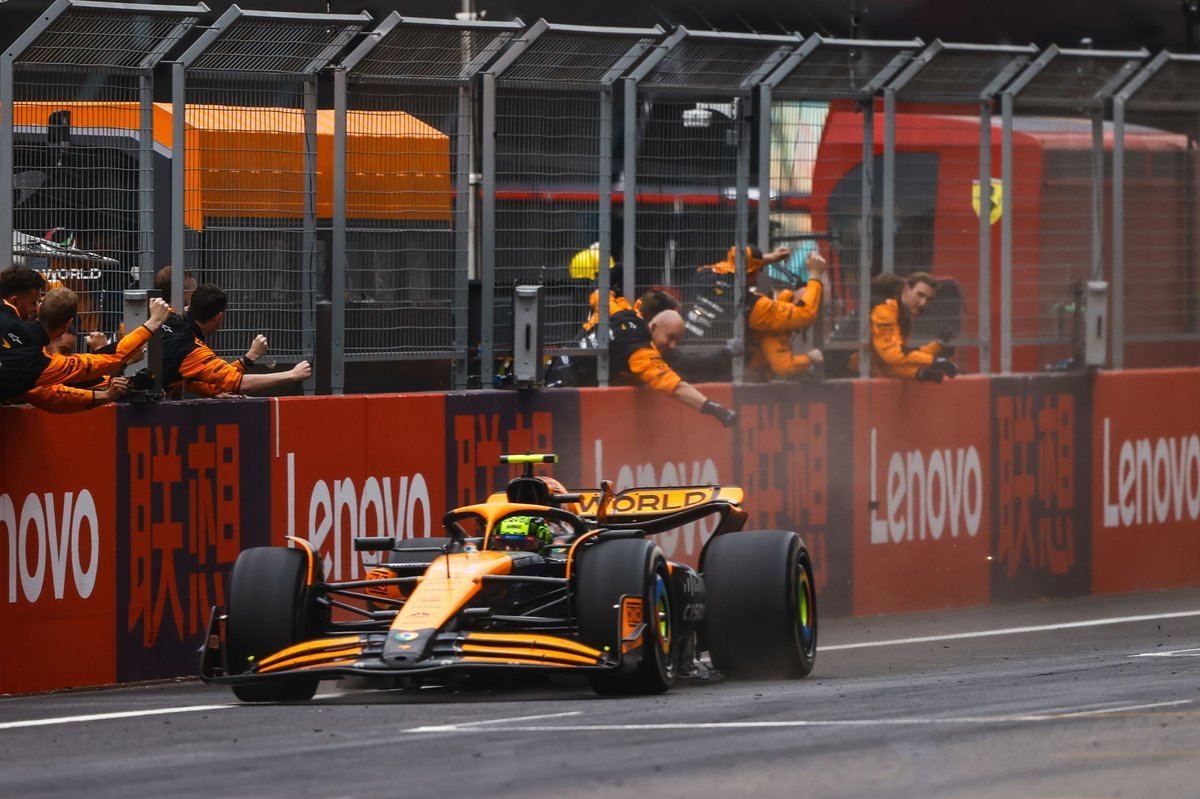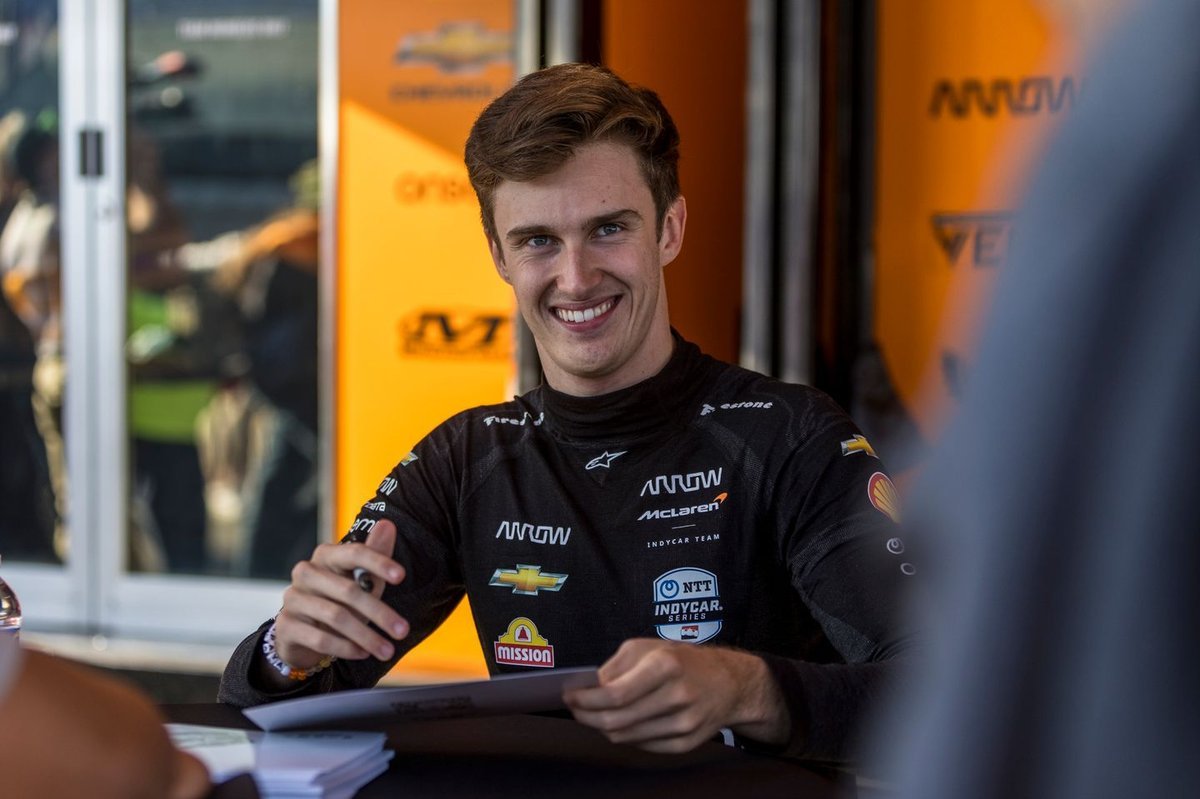
American driver Colton Herta will race in Formula 2 in 2026 to boost his chances of reaching Formula 1, marking a bold career move for the IndyCar star.
When it comes to chasing a dream, sometimes the road isn’t straight—it twists, turns, and even doubles back before leading to the finish line. For Colton Herta, one of America’s brightest racing talents, that winding road now runs through Formula 2. In a surprising and strategic move, Herta announced that he’ll race in Formula 2 in 2026 as part of his journey toward making the Formula 1 grid.
For fans who’ve followed his high-speed exploits in IndyCar, this move might sound like taking a step backward. But in the unpredictable world of motorsport, sometimes you have to take one step back to leap forward—and that’s exactly what Herta intends to do.
Introduction: Colton Herta’s Big Move
Colton Herta’s decision to join Formula 2 in 2026 isn’t just another transfer between racing series—it’s a statement of intent. For years, fans have wondered if Herta could be the one to break America’s long dry spell in Formula 1. And now, he’s taking a bold, unconventional route to make that dream come true.
Who Is Colton Herta?
Born in California, Colton Herta has become a household name in the U.S. motorsport scene. Known for his fearless driving and quick reflexes, Herta rose through the ranks of IndyCar, becoming one of the youngest race winners in the series’ history. But while his success in America has been undeniable, his eyes have always been set on a bigger stage—Formula 1.
Why Formula 2 in 2026?
At first glance, moving from IndyCar to Formula 2, a feeder series, seems unusual. After all, Herta is already a proven race winner in top-level motorsport. However, Formula 2 serves as the primary stepping stone into Formula 1, and racing there gives drivers critical experience in the European racing ecosystem, which F1 teams value highly.
It’s not about downgrading—it’s about realigning with the F1 ladder. By racing in F2, Herta can showcase his skills directly in front of F1 team bosses, all while adapting to the European circuits, car dynamics, and race formats.
A Risky but Calculated Career Choice
Make no mistake—this move is risky. Leaving a secure seat in IndyCar for the unpredictable world of F2 could easily backfire. But Herta isn’t diving in blindly. Think of it like a chess player sacrificing a piece early to secure checkmate later. Herta’s sacrifice is short-term comfort for long-term glory.
Learning the European Racing Style
Formula 2 racing is a different beast compared to IndyCar. While IndyCar emphasizes tire management and strategy, F2 puts a spotlight on precision, qualifying performance, and racecraft under FIA regulations—skills that directly translate to Formula 1.
For Herta, this will be an invaluable learning curve, giving him firsthand experience with Pirelli tires, FIA-standard tracks, and F2’s DRS system—all vital components of the F1 environment.
The Formula 2 Connection to Formula 1
Almost every current F1 driver, from Charles Leclerc to George Russell, passed through Formula 2. The series acts as the ultimate audition for F1 teams. A strong showing from Herta could make him impossible to ignore for 2027 or 2028. It’s the stage where champions are molded—and Herta wants his name etched among them.
Why American Drivers Rarely Take This Route
American drivers typically stay within the U.S. racing scene—IndyCar, NASCAR, or IMSA—because Europe’s racing ladder demands massive financial backing, relocation, and an entirely different style of racing. The last American to truly crack F1 was Logan Sargeant, who also came through the F2 route. Herta’s decision echoes that path but with far greater experience under his belt.
What Makes Herta Different
Unlike most F2 rookies, Herta won’t be a teenager learning the ropes. He’ll enter with years of top-level racing experience, a mature mindset, and an understanding of car development from his IndyCar days. That blend of youth and experience could be his biggest weapon in the ultra-competitive F2 field.
How IndyCar Experience Helps in F2
IndyCar has taught Herta resilience, adaptability, and composure under pressure. Racing on ovals, street circuits, and road courses has given him an edge in versatility. The jump to Formula 2 will challenge him technically, but his background means he’s used to intense competition and high-speed chaos—perfect preparation for the European grind.
Challenges Awaiting Herta in Formula 2
Adjusting to the F2 car’s aerodynamics, managing European weather conditions, and facing drivers half his age hungry for an F1 seat will be no walk in the park. But Herta has faced worse. His time in IndyCar has toughened him for high-stakes battles. As he adapts to new machinery and environments, every race will be a test of skill, patience, and endurance.
The Teams and Tracks He Might Face
While Herta’s exact team hasn’t been confirmed, speculation points toward Prema Racing or ART Grand Prix, both of which have strong records of promoting drivers to F1. The 2026 calendar will likely feature iconic tracks like Monza, Silverstone, and Spa-Francorchamps, giving Herta a chance to prove himself on circuits every F1 fan reveres.
Support from the American Motorsport Community
Back home, Herta’s move has sparked excitement. American motorsport fans have long yearned for another U.S. driver to make waves in F1. With three American races now on the F1 calendar—Miami, Austin, and Las Vegas—Herta’s potential arrival would only fuel that enthusiasm.
He’s not just racing for himself; he’s racing for every American fan who’s dreamed of seeing their flag flying on the F1 podium again.
F1 Teams’ Reactions to Herta’s Move
Though no F1 team has officially commented, insiders suggest that several teams—especially those with U.S. sponsors or ties—will keep a close eye on Herta’s progress. With the growing commercial interest in the American market, a talented U.S. driver like Herta could be the perfect fit for F1’s future narrative.
The Bigger Picture: America’s F1 Dream
Herta’s move isn’t just personal—it’s symbolic. It represents the growing bridge between American motorsport and European racing traditions. As Formula 1 continues to expand its presence in the United States, Herta’s story could inspire a new generation of American racers to follow the same path.
Conclusion: The Long Road to Formula 1
Colton Herta’s journey to Formula 1 won’t be easy—but greatness never comes easy. His decision to join Formula 2 in 2026 isn’t a step back; it’s a strategic pit stop on his way to the world’s biggest racing stage. Like any great racer, he knows the value of patience, precision, and timing.
In racing and in life, sometimes the boldest moves are the ones that take you the farthest.
FAQs
1. Why is Colton Herta moving to Formula 2 in 2026?
Herta is joining F2 to gain direct exposure to the European racing system and increase his chances of securing a Formula 1 seat in the future.
2. Has Colton Herta raced in Europe before?
Yes, early in his career, Herta competed in European junior series, giving him familiarity with the European racing environment.
3. Which Formula 2 team will Colton Herta join in 2026?
While it hasn’t been confirmed, top teams like Prema Racing or ART Grand Prix are among the favorites.
4. Can Herta’s IndyCar experience help in Formula 2?
Absolutely. His years in IndyCar have honed his racecraft, composure, and adaptability—skills that will serve him well in F2.
5. When could Colton Herta make his Formula 1 debut?
If his F2 season in 2026 goes well, Herta could be in contention for a Formula 1 seat by the 2027 or 2028 season.

